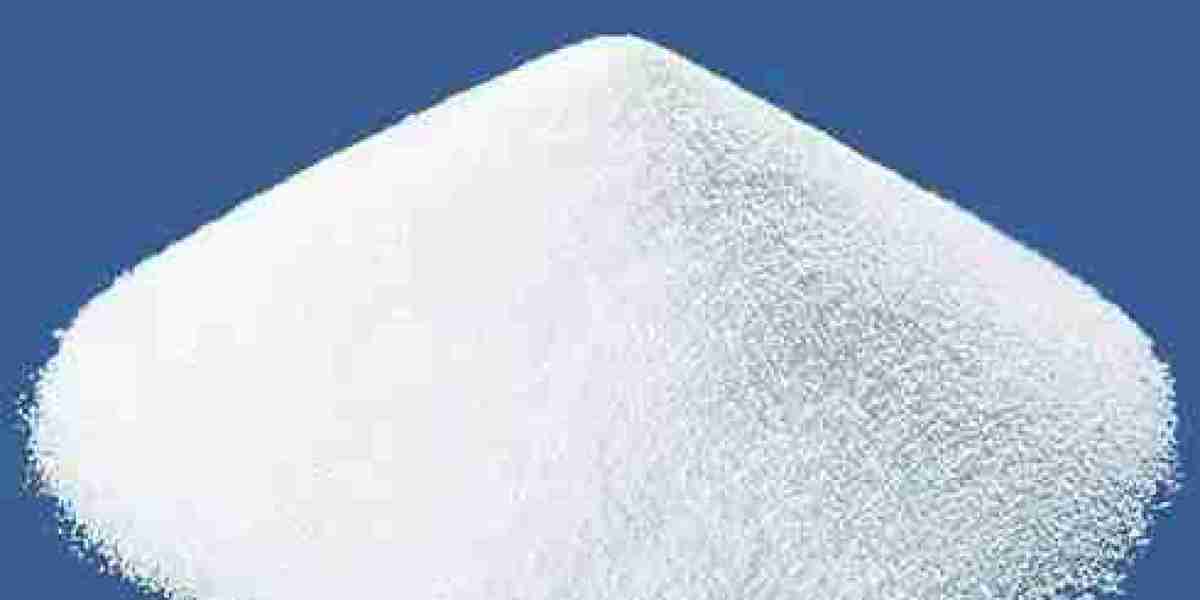The Specialty Silica Market is expanding beyond its traditional industrial domains, with fresh growth potential emerging in agriculture and oral care. Specialty silica’s unique physicochemical properties—including moisture absorption, dispersion, controlled abrasiveness, and bio-inertness—make it increasingly attractive in these two high-value, performance-sensitive markets. As consumer expectations shift and sustainability trends deepen, demand for multifunctional, safe, and effective additives is creating fertile ground for innovation in these sectors.
Specialty Silica in Agriculture: A Growing Opportunity
The agriculture industry is under pressure to enhance crop productivity while reducing environmental impact. Specialty silica offers compelling solutions through its role in:
Carrier systems: Silica serves as a flow aid and carrier for pesticides, herbicides, and micronutrients, enabling precise dosing and better shelf-life stability.
Moisture regulation: Hydrophilic grades of silica absorb and release moisture, preventing clumping in dry agricultural formulations and ensuring optimal product performance under varying field conditions.
Plant health enhancement: While silica is not classified as an essential nutrient, research increasingly shows its ability to reinforce plant cell walls, improve resistance to pests and diseases, and enhance drought tolerance.
Innovative formulations, such as silica-based soil conditioners, controlled-release fertilizers, and foliar sprays, are gaining popularity among agronomists and sustainable farming initiatives. Specialty silica improves both the formulation performance and the effectiveness of active ingredients—supporting precision agriculture and reducing chemical runoff.
Silica and the Shift to Sustainable Farming
One of the critical factors driving silica adoption in agriculture is the global shift toward environmentally responsible farming. Organic and regenerative agriculture movements seek materials that are inert, safe, and biodegradable—criteria that specialty silica easily satisfies.
Many silica-enhanced formulations qualify for organic certification in regions such as the EU and U.S., where regulations restrict synthetic additives. In addition, biostimulant companies are experimenting with silica as a performance-boosting component that enhances the uptake and efficacy of bio-based solutions.
With the global agriculture sector seeking to reduce dependency on conventional agrochemicals, silica is increasingly viewed not just as an additive, but as a strategic enabler of cleaner, more efficient farming.
Specialty Silica in Oral Care: Balancing Efficacy and Safety
The oral care market is another promising arena for specialty silica, particularly in toothpaste and dental polish formulations. Here, the material performs several crucial roles:
Mild abrasives: Silica provides controlled abrasivity to remove plaque and surface stains without damaging enamel.
Thickening agents: Precipitated silica enhances viscosity and rheological behavior, improving consumer experience and product application.
Flavor and active dispersion: Silica aids in the even distribution of fluoride, essential oils, and whitening agents throughout the formulation.
Moisture management: Silica helps maintain texture stability and shelf life by controlling water activity.
The ability to finely tune particle size, porosity, and surface chemistry enables manufacturers to develop differentiated products for whitening, sensitivity, and gum health—all while maintaining safety and biocompatibility.
Rise of Clean Label and Natural Oral Care Trends
Consumer demand for natural, fluoride-free, and eco-conscious oral care is reshaping product innovation pipelines. Specialty silica, being non-toxic, inert, and free of allergens, aligns perfectly with clean-label requirements.
Brands focused on vegan, cruelty-free, or sustainable certifications are turning to silica as a trusted active for both mainstream and niche product lines. Silica’s ability to replace microplastics and synthetic polymers in toothpaste is also a major advantage in light of growing microbead bans in regions like the EU, U.S., and parts of Asia-Pacific.
Moreover, specialty silica can be tailored for low-foaming or plant-based formulas, making it a versatile solution across traditional and emerging oral care categories.
Regional Growth Drivers and Market Trends
Asia-Pacific presents strong potential for agricultural applications, with countries like India, China, and Vietnam investing in modernizing their farming infrastructure. With high demand for crop protection and yield enhancement, silica carriers are being integrated into both conventional and organic farming systems.
In Europe, regulatory trends around sustainable agriculture and natural personal care products are boosting silica usage. EU laws restricting synthetic microplastics and aggressive chemicals have created a clear runway for silica adoption in oral hygiene products.
North America shows strong interest in silica through the rise of “clean farming” and natural toothpaste segments. Health-conscious consumers, combined with advanced agricultural R&D, are fostering new application development across both segments.
In Latin America and Africa, expanding farming outputs and hygiene awareness are expected to support silica’s long-term market penetration.
Innovation and Product Development
Silica producers are increasingly investing in product variants optimized for agriculture and oral care. These innovations include:
Nano-sized and mesoporous silicas for slow-release agricultural formulations.
Customized particle morphologies for whitening toothpaste and sensitivity control.
Hybrid silica-organic blends that combine moisture control with biocompatibility.
Eco-designed manufacturing that aligns with green supply chains and low-emission profiles.
Collaboration between silica producers, agrochemical firms, and personal care brands is accelerating. Joint ventures and co-development models are enabling faster go-to-market timelines for next-generation silica-enhanced products.
Market Challenges and Strategic Mitigation
Despite the promise, silica producers must navigate several challenges:
Cost considerations: High-purity or tailored silica grades come with premium pricing, which may affect scalability in price-sensitive markets.
Dispersibility issues: Ensuring uniform dispersion in oral and agricultural formulations requires technical support and surfactant compatibility.
Regulatory barriers: Product approvals for agrochemicals and personal care additives vary regionally, often requiring lengthy certification cycles.
Manufacturers are responding by:
Offering formulation assistance and sample libraries to speed up development.
Establishing local production hubs in key agricultural and consumer regions.
Providing regulatory support services to streamline compliance and market entry.
Conclusion: Diversification Anchored in Performance and Sustainability
As the specialty silica market diversifies, agriculture and oral care stand out as two high-potential verticals where functionality, safety, and environmental alignment intersect. Whether enriching crops or protecting smiles, silica is redefining what modern, multifunctional materials can achieve.
The next article will cover Specialty Silica Market Potential Expands With Growing Focus On Sustainable Product Development, highlighting how eco-conscious design is influencing formulation strategies across sectors.



